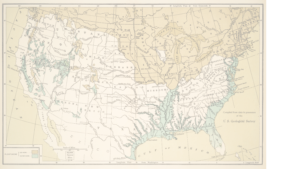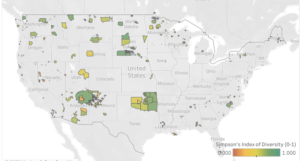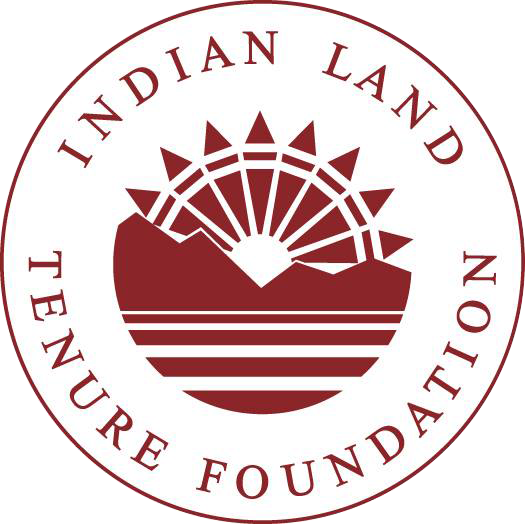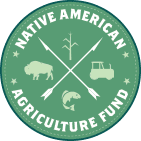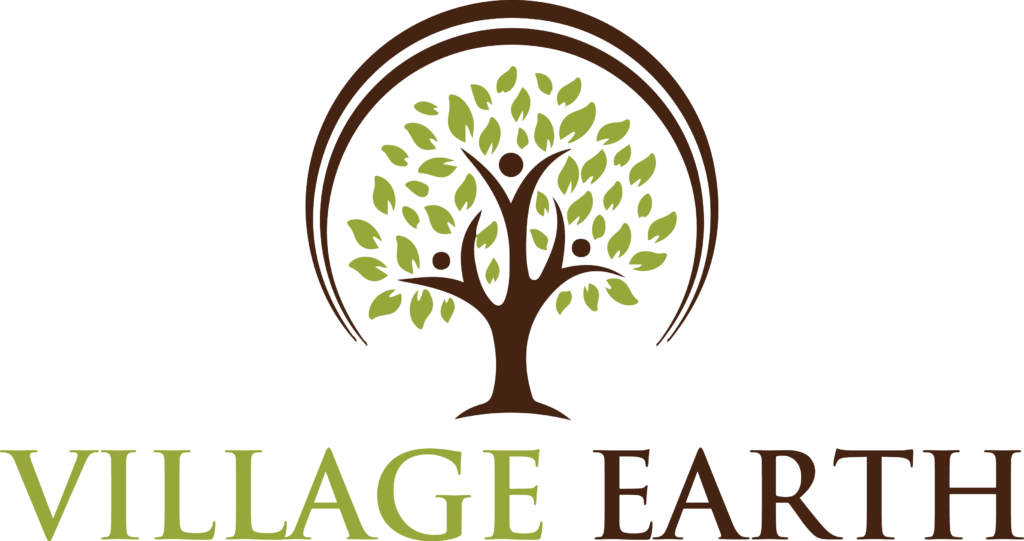By Aude K. Chesnais
What is happening to bison in the US?
Bison numbers increased by a whopping 1031% between 2012 and 2017 on Native American Lands. This increase far outpaces the increase in the number of bison nationally which was only 13.36%.
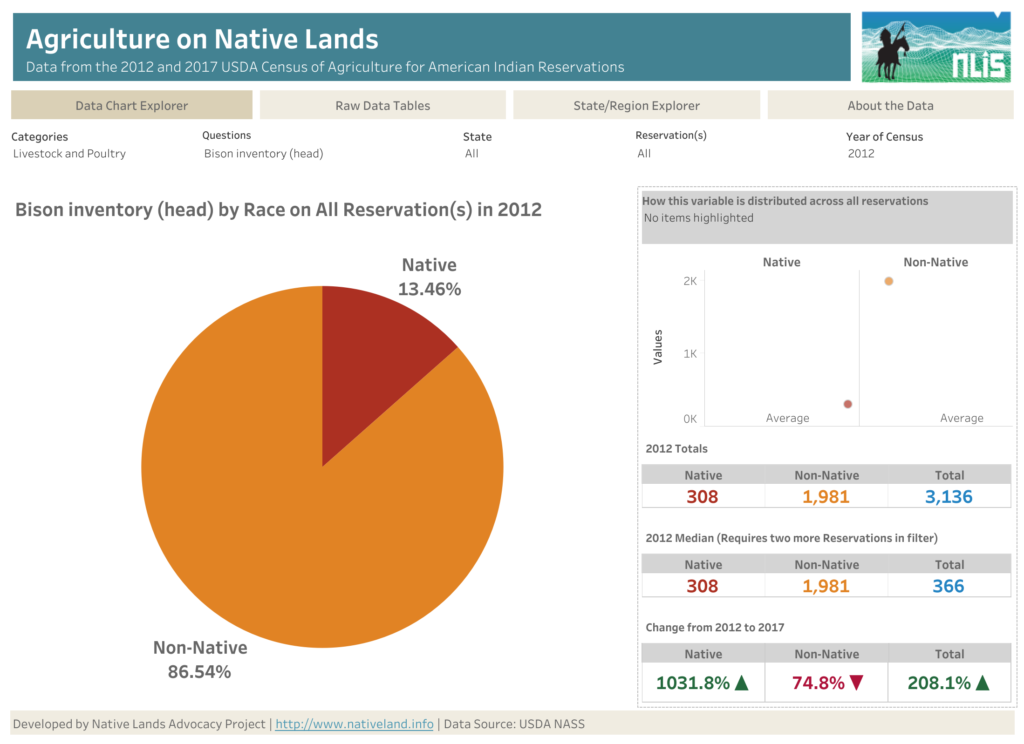
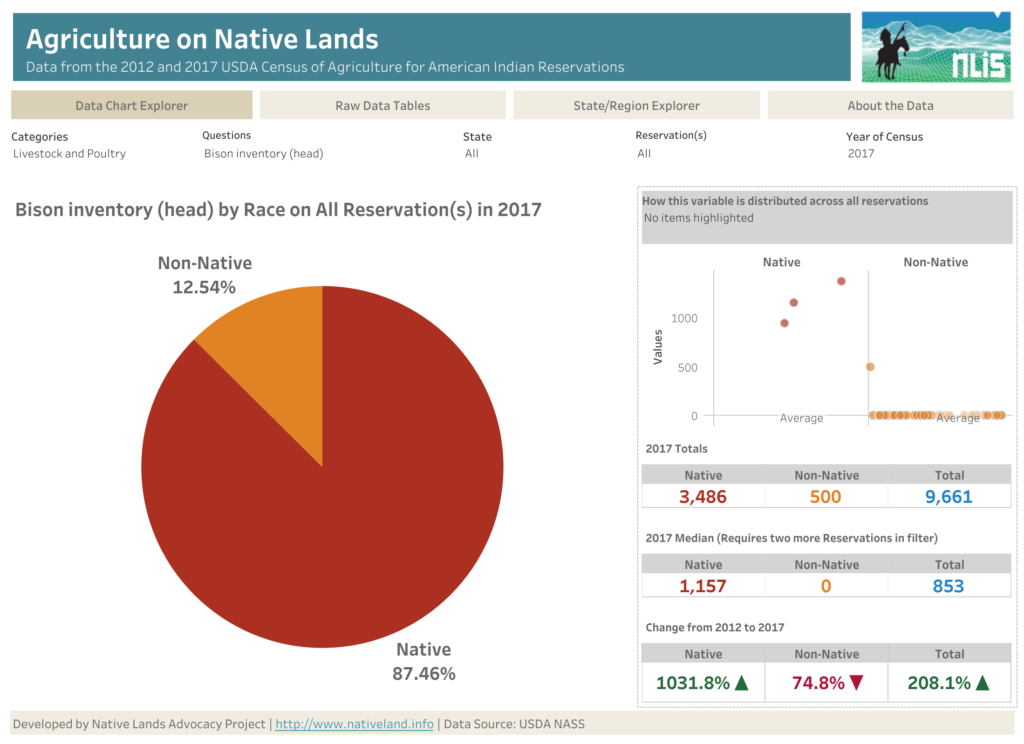
The destruction of the great bison herds in North America were instrumental to the colonization of native people and their lands, their resurgence in recent years signals the rise of Native communities’ sovereignty and restoration of the centuries old relationship between native people and the bison.
History: The planned extinction of the US Bison
In the 1500s, the wild bison population was estimated at 30-60 millions heads. The active extermination of wild bison species by settlers and the US government from 1830-1889 took it down to a few hundred heads. This animation shows the decrease of bison over time.
According to David D. Smits (1994): “scholars of Western American history have long recognized the post-Civil War frontier army’s complicity in the near-extermination of the buffalo. Historian Richard White represents the scholarly consensus in stating that ‘various military commanders encouraged the slaughter of bison’ by white hide hunters in order to cut the heart from the Plains Indians’ economy”.
This rise in bison ranching among native farmers can be seen as an attempt to remake history. These figures emphasize the importance of the American bison or buffalo for Native communities and highlight the efforts made in Native Country to actively participate in returning the buffalo to the land.
Many native nations, especially in the Great Plains had a strong connection with the bison, which was not only hunted for subsistence but considered a culturally-significant species with which native nations maintained kinship ties.
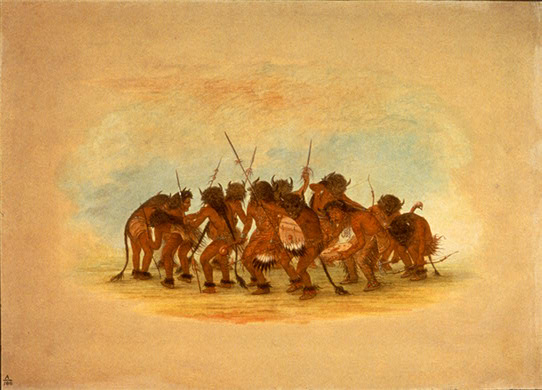
Watch this amazing video from the Quapaw nation explaining the relationship between Bison, Culture and social-environmental resilience for Native nations
Additionally to its cultural and subsistence importance in the Plains, the US bison is considered by ecologists to have been a main keystone species, which means that its presence plays a key role in maintaining the balance of the ecosystem.
Indeed, contrary to cattle, bisons know how to graze the prairie’s delicate soil layers without damaging it, helping plants to maintain healthy roots and preventing desertification.
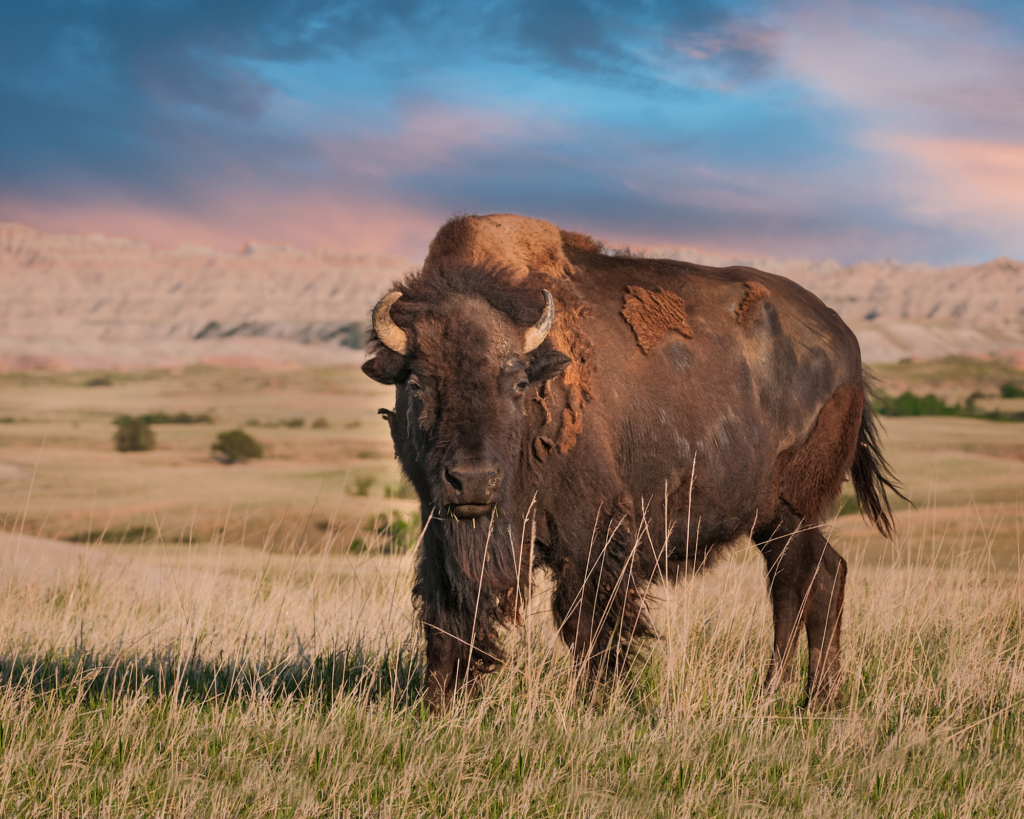
As part of the advancement of the American Dream, bison were slaughtered and replaced with cattle, the highest symbol of successful farming and taming of the land in western development.
The myth of the American farmer grew around making use of the land in ways considered appropriate and useful by the European agricultural model, i.e to either grow crops or raise cattle. This led to a frenetic race to populate the United States with tamed livestock, leading up to the US producing 52 billion pounds of meat in 2017.

And the beef industry keeps growing. The Census of Agriculture recorded a rise of 7.98% between 2012 and 2017, pushing the number of heads from 38M to 41M. This trend is reflected in what is happening in reservations. The number of cattle keeps growing there too but when looking at the racial divide between farm operations, we realize that the number of heads is mostly growing among non-Native farmers and ranchers, with a raise of 19% between 2012 and 2017, compared to only 1.5% among Native farmers and ranchers.
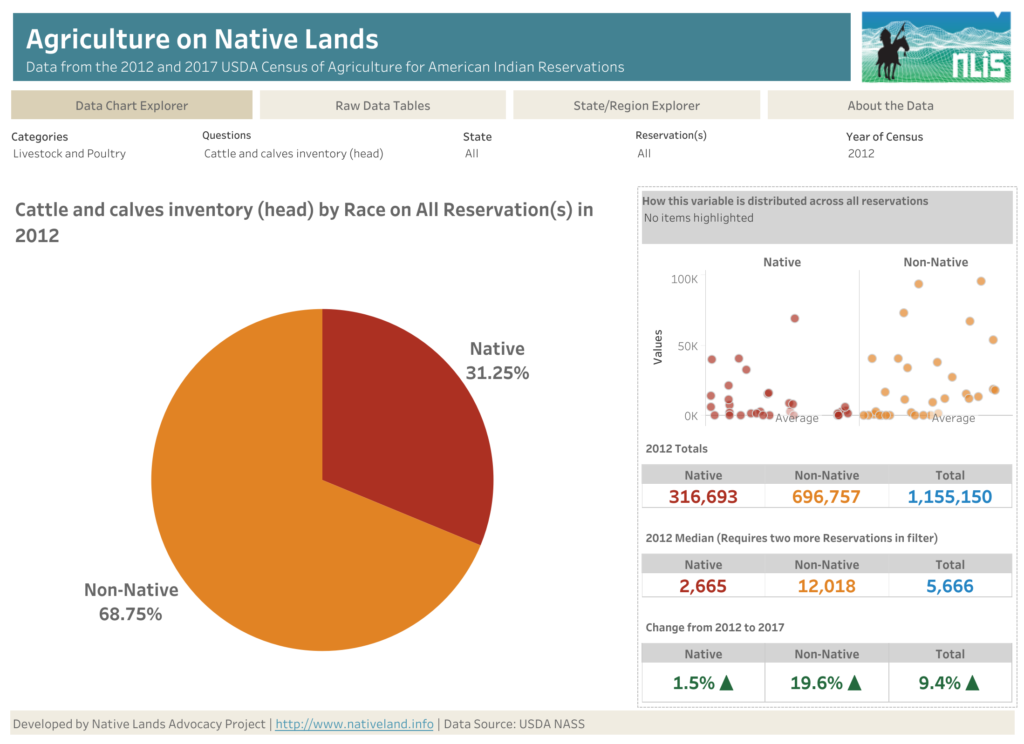
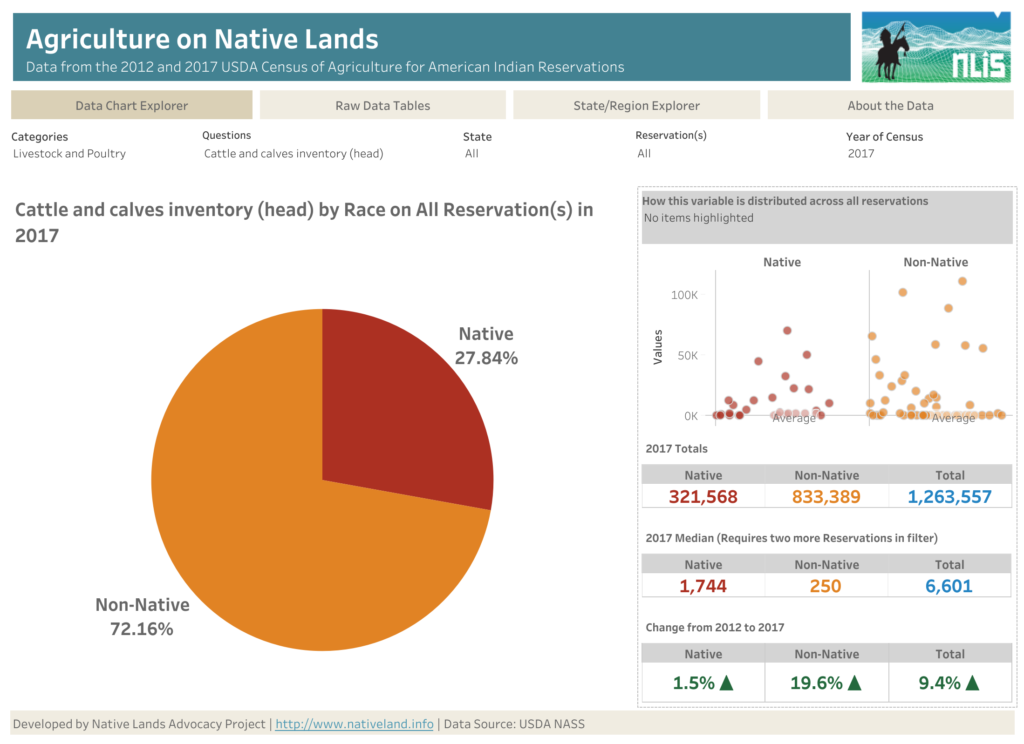
Bison return supports health and climate mitigation
Far from being random, these numbers reflect the cultural differences surrounding agriculture and the use of land. They also correlate with the dire issues faced by the intensive cattle industry. Beyond its detrimental impact on the land, the cattle industry has risen to serve a global increase in cheap meat consumption, whereas most climate scientists agree that livestock is the leading contributing factor to global warming through GHG emissions. Americans are the third leading consumers of meat after Hong Kongers and Australians, with an average of 100kg/year, compared to 43kg worldwide.
Additionally, nutritionists and health specialists are realizing how meat intensive diets are participating in chronic conditions such as obesity, diabetes and cardiovascular diseases. There is also much discussion about the quality of meat ingested, with the proteins’ amino-acid chains being stronger in grass-fed and organic beef than industrial beef. By contrast, bison meat’s has lower bad cholesterol a higher nutritional quality than beef in both grass-fed and industrial ranching.
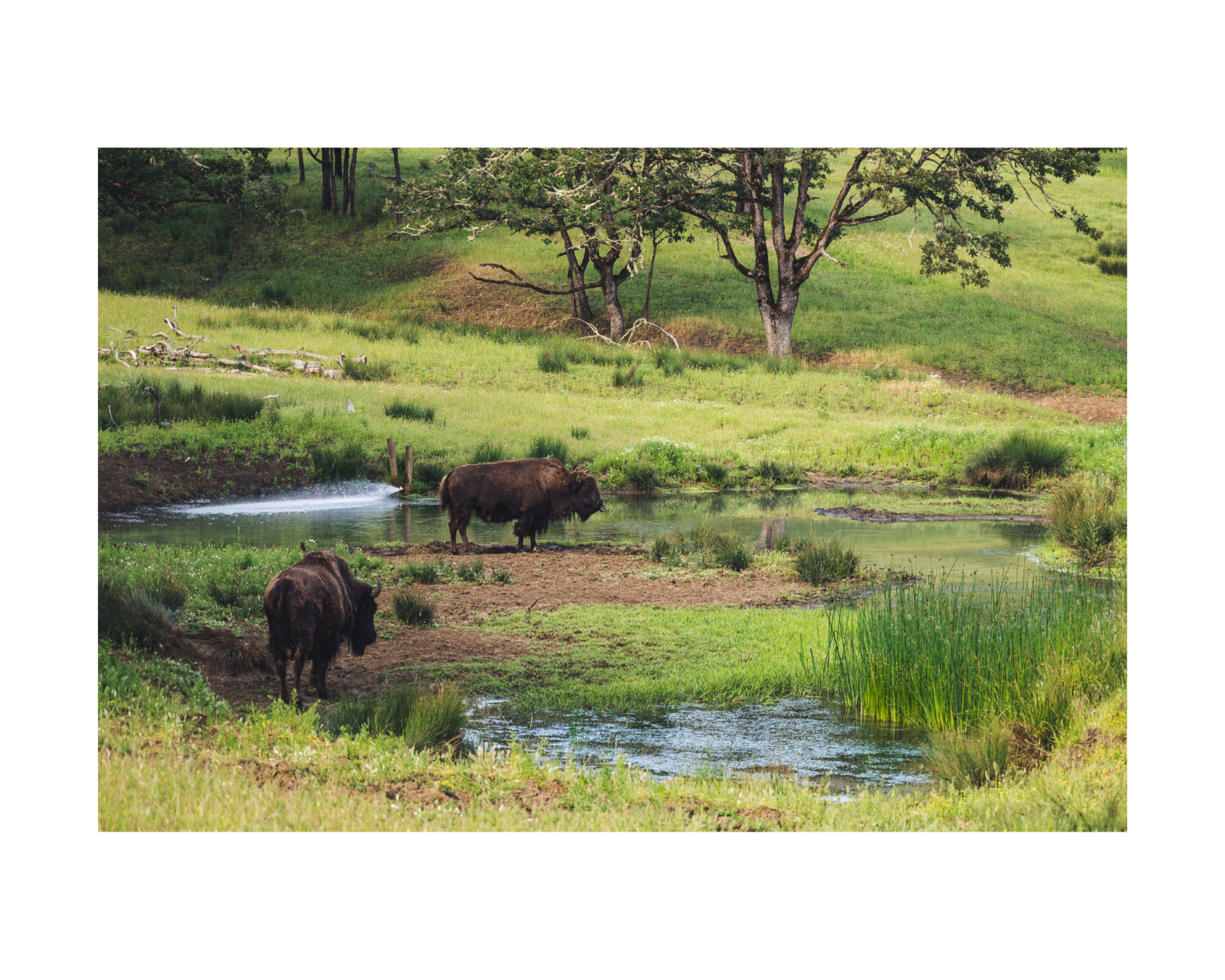
The rise of bison ranching in Native Nations is hugely significant. While non-Native farmers and ranchers are seemingly keeping business as usual without seeing the need to reverse the ecological, dietary and eventually economic catastrophe pointing at the horizon with the cattle industry, Native farmers and ranchers are busy reversing the trend and using bison as an opportunity for ecological and spiritual revival. In regards to the global transformations needed to face climate change and build sustainable food-systems, time will tell which strategy will prove more efficient, but the world might learn a thing or two from native farmers and ranchers.


